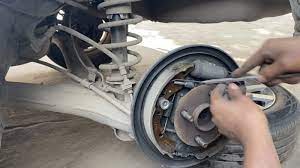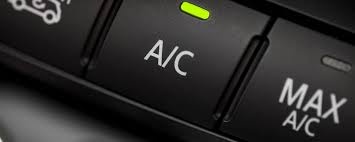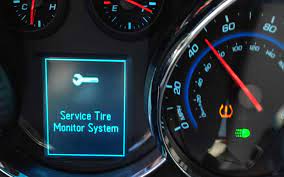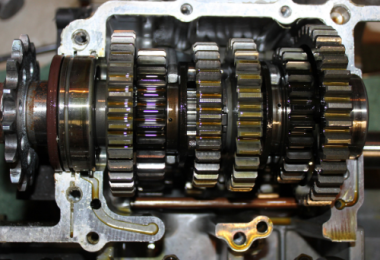
10 Basic car repairs everyone should know in order to save money and other benefits. Most of us have been driving cars since we were in our teens. For many, it’s almost impossible to imagine living without a car. In a way, they make up part of our lives. But like many things, cars can fail us once in a while.
You know the frustration of your car breaking down when you need it the most. Well, what if I tell you that some of the most common problems cars have can be fix easily. They are easy to fix if you learn to do them yourself. Here are the ten basic car repairs you should know.
1. Changing Oil
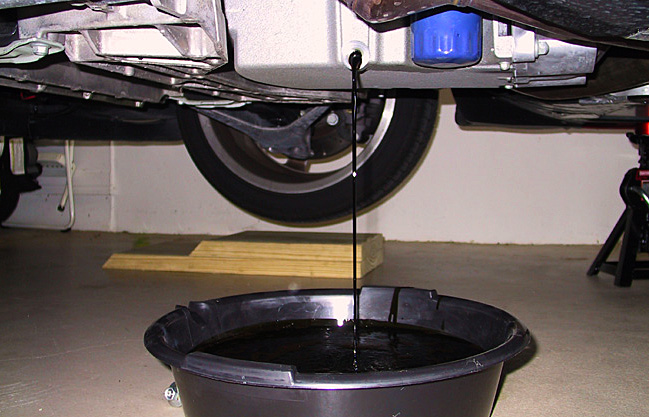
You need to regularly check and change your car’s oil to ensure smooth running of the vehicle and to prolong the lifespan of its engine. Changing your car’s oil is one of the most fundamental skills you should have for car maintenance or repair. Of course, it’s a different story if the oil filter and oil drain plug of your car are very hard to reach.
Basic steps involve draining the oil by removing the oil drain plug, unscrewing the oil filter and emptying it, putting the oil filter and drain plug back, removing the oil filler hole cap, and pouring fresh oil.
2. Changing a Flat Tire.

Tires are one of the most important parts of your vehicle. And they can go flat once in a while, because of some factors like picking of nail etc. But changing a flat tire doesn’t have to be a big deal and could actually be a lifesaving skill to learn.
Basic steps involve loosening the lug nuts (with a wrench), using a jack stand to lift the car off the ground, removing the lug nuts (and subsequently the tire), placing the spare tire on, wrenching the lug nuts back on, lowering the car, and finally making sure the lug nuts are tighten very well.
3. Changing Spark Plugs.

Most of us know what spark plugs are and what they do. They are the tiny devices inside the cylinder that create sparks to ignite the gasoline, ultimately powering your vehicle. But do they wear out with time? They do and need to be replaced. The fixing is actually quite easy.
The steps include: locating your spark plugs, removing the spark plug wire, removing the faulty spark plug, inserting the new spark plug in its place, and putting the wire back.
4. Removing Scratches from Paint.
Scratches are the absolute worst. Even the tiniest scratches are visible from a distance and can kill the overall appearance of your car body. Unfortunately, it may cost you much money to get them removed in a body shop. But you can save the money and the frustration.
The steps include: determining the depth of the scratch, lightly sandpapering the scratch, cleaning the area, applying rubbing compound, polishing the area with the rubbing compound, washing the area, and finally waxing the area to seal the repair. That’s it. You’ve just saved yourself a lot of money.
5. Changing a Car Battery.

Car batteries tend to die on us at the most inconvenient times. If you’re in the middle of nowhere, your best bet would be to find roadside assistance and/or call a tow truck.
The steps include: removing any covers from the battery, disconnecting the negative cables, moving the clamp away from the battery post, doing the same for the positive cable clamp, removing all screws, replacing the old battery with the new one, and finally reconnecting the cable clamps. Make sure you label the cables before you remove them.
6. Replacing a Headlight or Taillight.
Having a broken headlight or taillight is not only inconvenient, but is actually illegal. Consequently, you need to change them as soon as they begin to fade.
The process involves: removing the screws connecting the headlight frame to the bracket, disconnecting the electrical connector, removing the faulty bulb and replacing it with a new one, plugging the connector back on, and finally replacing the frame.
Read more:Top 14 Driving Tips You Should Know
Sometimes only your frame might be broken, which can be just as hazardous. You can change it following the same procedure.
7. Replacing Wipers.
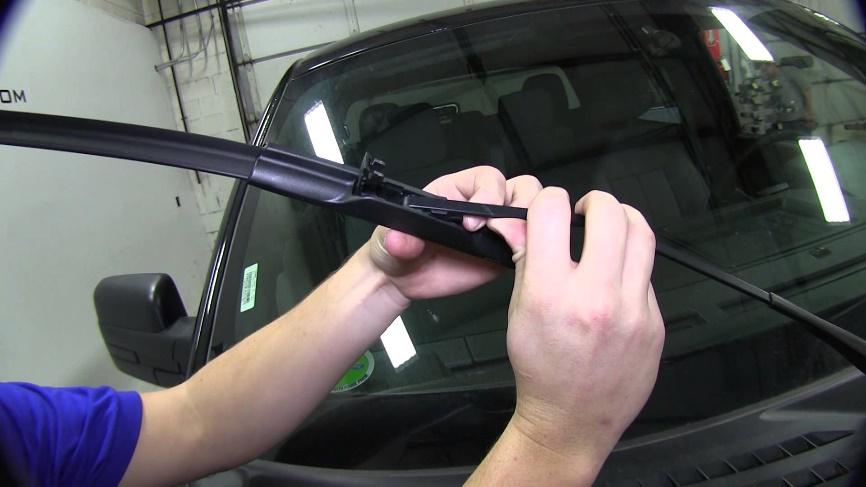
Windshield wipers are one of the least-appreciated parts of your car’s safety system. Imagine what would happen if they failed during a heavy rain or snowfall, perhaps resulting in damage to your brand new vehicle. Faulty wiper blades need to replaced, and you need to be sure that your windshield wipers are always in perfect shape.
The steps involve: lifting the wiper arm away from the windshield, depressing the small tab that allows the wiper blade to be pulled off, lining up the new wiper blade with the arm, and pushing it in tightly. Done! Make sure to follow tutorials while doing it.
8. Replacing Air Filters.
Air filters are one of the most overlooked parts of your car. They keep your engine free of dust and other contaminants. They are inexpensive and quite easy to replace, so keeping your car’s engine clean is another easy way.
The steps include: opening the hood, locating the air filter unit, removing the air filter cover, taking the air filter out and cleaning the air filter housing, inserting a new filter, and finally replacing the cover. Make sure you change your filter once every 30,000 miles or approximately once every year.
9. Changing Brake Pads.

The brakes are one of the most important elements of your vehicle for ensuring your safety while driving. Many car accidents result from brake failures, so your car’s brakes always need to be in perfect condition. Therefore, changing the brake pads can be as easy as changing a flat tire.
Basic steps involve loosening the lug nuts of the wheels, jacking the car up, removing the wheels, removing the slider bolts, removing the older brake pads and replacing them with new ones, and putting the slider bolts and the wheels back on securely.
10. Jumpstarting a Car.
This is not so much repair compare to your a fundamental skill. Everyone should know how to jumpstart their own car. You wouldn’t want to have to call roadside assistance every time your car won’t start, and it’s really the easiest thing ever.
Just take your jumper cables out, put both vehicles in neutral and shut the ignition off. Now, attach one of the red clips to the positive terminal of your battery and the other to the positive terminal of the battery in the other car (the one that will start). Attach one of the black clips to the negative terminal of the battery in the other car. Attach the other end to an unpainted metal surface. Now try to start your vehicle. You’re done!
Read more : Major Engine Problems That Needs Urgent Attention



